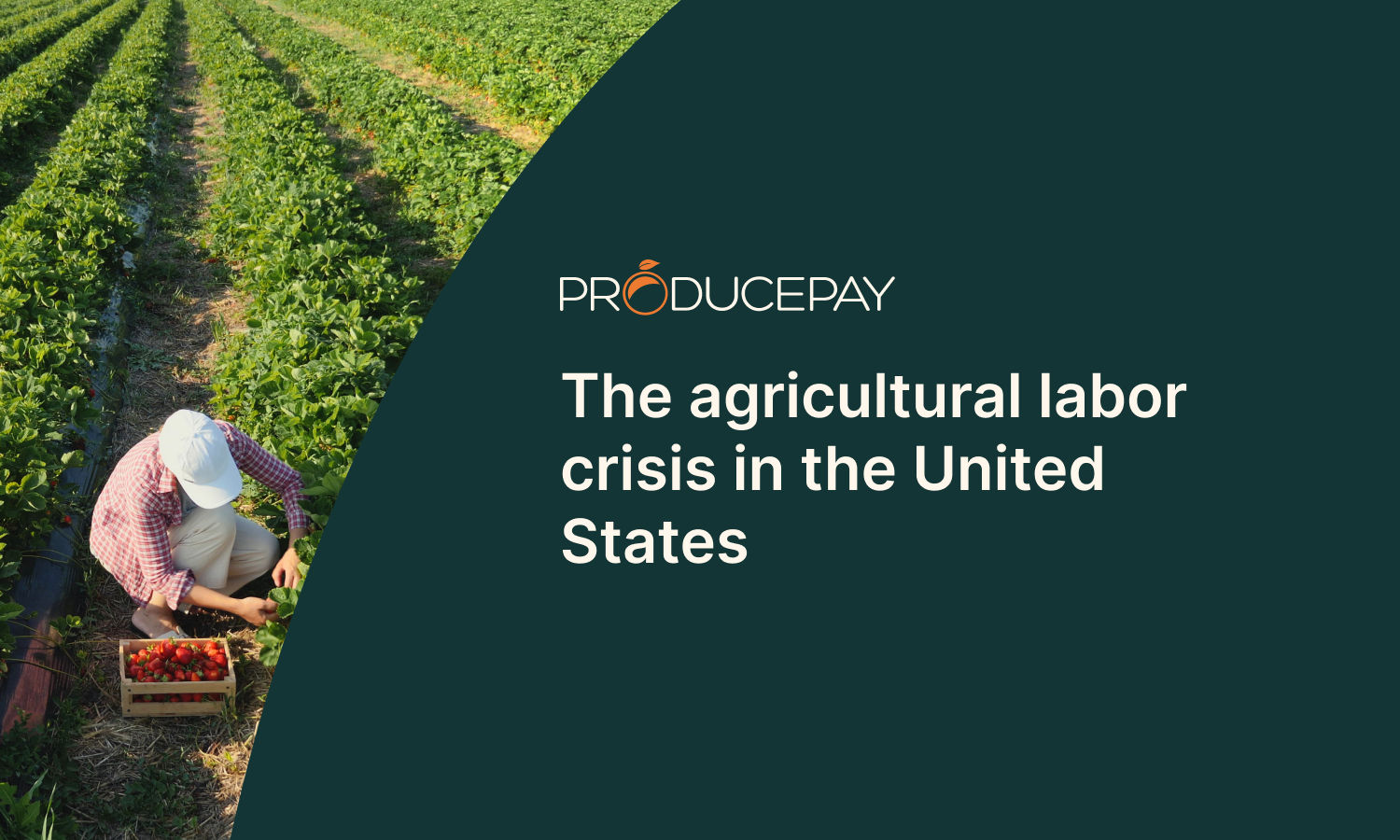
The agricultural labor crisis in the United States
The agricultural sector in the United States has been facing a significant labor shortage in recent years. Stricter immigration regulations and competition from other industries have contributed to this crisis.
According to the American Farm Bureau Federation (AFBF), the agricultural sector requires filling 2.4 million jobs annually. However, fewer people are interested in working in agriculture, increasing the demand for foreign workers to fill these roles.
For decades, the U.S. agricultural sector has heavily relied on immigrant labor, both documented and undocumented, to meet its labor needs. It is estimated that 73% of the workforce consists of immigrants from Mexico and South America.
Although the number of H-2A work visas issued has increased fourfold over the last decade, reaching almost 300,000 in 2022, this increase is still insufficient to address the demand for labor.
Labor shortages have resulted in significant economic losses and food waste for many farmers who cannot cope with their labor needs, especially at harvest and post-harvest periods. This has been a critical issue for the fresh produce industry because of the intense demand for labor required for such fruits and vegetables.
Possible solutions to the labor shortage
One of the most proposed solutions is reforming and streamlining the H-2A visa program and providing better mobility for immigrant agricultural workers. This reform would allow farmers to hire this additional workforce more efficiently and promote better labor regulations and higher hiring. Mechanization of field operations is another promising solution. However, it is a long-term solution given the associated high costs and the time required to implement it.
Strengthening the financial position of farmers is also crucial. The agricultural industry needs to work out better economic benefits to provide better working conditions and make the industry more competitive. Ensuring sufficient liquidity to hire extra labor during critical periods is equally, if not even more important.
How ProducePay minimizes supply chain disruptions
To minimize sector volatility and disruptions like labor shortages, it is crucial to build more connected and efficient supply chains that ensure quality produce and reduce waste, as well as sufficient and opportune access to liquidity sources.
At ProducePay, we partner with the world’s leading suppliers and retailers to create Predictable Commerce Programs. These programs integrate the entire supply chain through our customized solutions and global network of sustainable growers. This creates a stable year-round supply for consumers and predictable demand and income for growers, drastically reducing food waste and minimizing disruptions like labor shortages.
Additionally, through our financing solutions, we provide essential working capital to growers to cover operational expenses during the season, and allow them to make strategic investments such as implementing technology and mechanizing operations. This strengthens our customers’ financial positions and enables them to respond promptly to disruptions.
Sources: The Produce News, Bake Institute, My Jornal Courier

